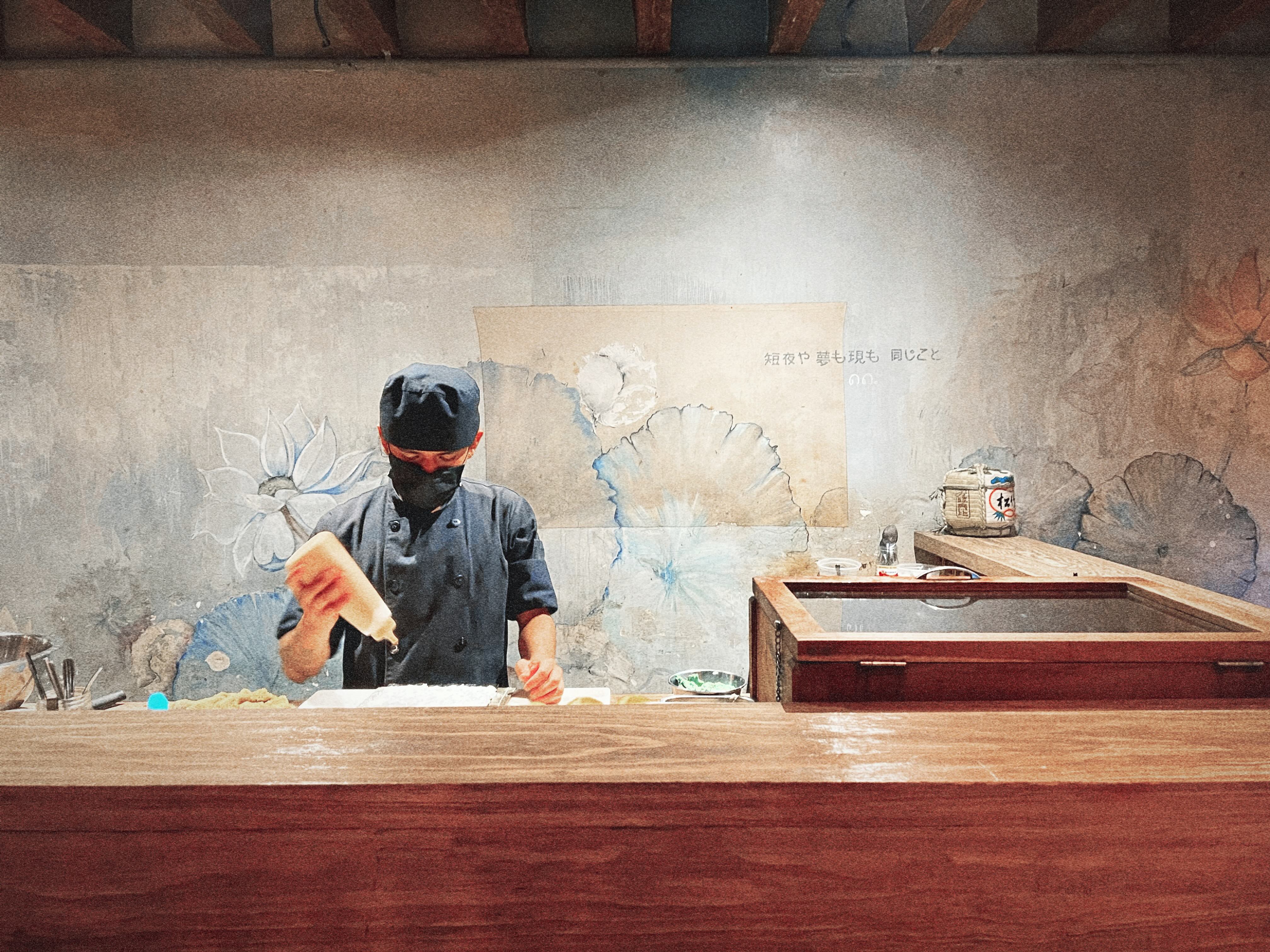How Photography Shapes Brand Strategy

I’ve always taken photos. Not as a photographer, but as someone obsessed with seeing. Over the years, the camera became less about the image and more about perception—how color, light, and rhythm tell a story before words ever do.
When I travel through places like Mexico City, Paris, or Thailand, I’m constantly capturing fragments: color palettes painted across walls, typography on street signs, the texture of markets, the geometry of shadow. They become part of my visual language. They remind me that brand identity isn’t invented; it’s observed. The world is already filled with design systems—you just have to recognize them.
Seeing as a Strategy
Photography gave me the ability to translate what I see into what I build. When I’m developing a brand, I’m not just creating a logo or visual system; I’m composing a frame. Every decision about proportion, tone, or color comes from the same instinct I use when shooting: what deserves focus, what tells the story, what emotion needs to lead.
That’s why I still photograph the products, spaces, and visual concepts for many of the brands I work with. It’s not about control; it’s about connection. Sometimes taking the photo myself allows me to preserve the honesty of an idea before it’s filtered through someone else’s lens. It lets me show the client what I mean, instead of explaining it.

From Image to Identity
Photography has become a kind of shorthand in my process. A color I find in a café in Mexico might become a brand accent. The texture of a wall in Bangkok might inform packaging. A moment of light in a studio might shift how I approach an entire campaign.
These visual references carry mood and meaning long before strategy decks or design boards exist. They help me root a brand in feeling, not just concept. Because that’s what people remember: not what a brand says, but what it makes them feel.

Seeing for Others
My clients often think I’m just capturing inspiration, but what I’m really doing is building context—framing the invisible world their brand will live in. Photography allows me to translate intangible things like tone, aspiration, and cultural energy into something tangible.
It’s also how I bridge art and business. The same principles that define a photograph—composition, light, restraint—define a strong brand. They both demand clarity, intention, and emotional coherence.

The Throughline
I don’t separate photography from strategy anymore. They feed each other. The lens keeps me connected to instinct, to curiosity, to how I interpret the world. Strategy gives that instinct form, purpose, and direction.
For me, the act of taking a photo isn’t about collecting images; it’s about staying fluent in the language of visual truth. It’s how I keep seeing, so that when I build brands, they’re not just beautiful—they feel alive.

.svg)







.svg)